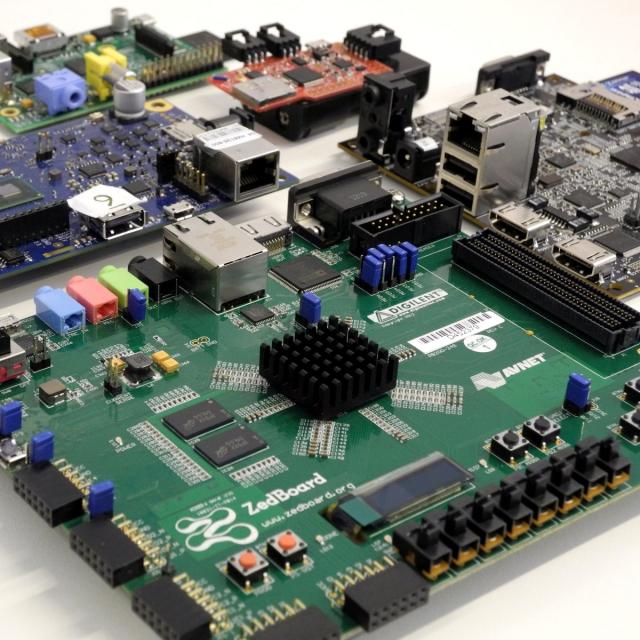MOOC List is learner-supported. When you buy through links on our site, we may earn an affiliate commission.

MOOC List is learner-supported. When you buy through links on our site, we may earn an affiliate commission.
In addition, you can use Cooja simulation for designing and simulating wireless sensor network applications.
We have 4 modules, each with a graded quiz in the end and finally we have one peer reviewed programming assignment.
The course is actually quite fun at the end when you are playing around with Cooja simulation for IoTs applications. So you can create and simulate your own design for sensor network applications. A lot of features and examples of Contiki and Cooja can be explored via assignments. There are some optional assignments of wireless sensor network applications for students who want to explore more about embedded OS in IoTs applications.
- Marco Ramirez /University of Turku
- Igor Tcarenko/ University of Turku
- Nguyen Gia Tuan /University of Turku
Course 1 of 4 in the Development of Secure Embedded Systems Specialization
Syllabus
WEEK 1
Introduction to Embedded Hardware
This week will start from the basic information about Embedded Systems. Specifically, you will learn (1) what are embedded systems and where they are applied as well as (2) the main characteristics and challenges of embedded systems. (3) You will discover how embedded systems communicate with the outer world.
WEEK 2
Processing Elements of an Embedded System
This week we will go into details of what embedded systems consist of. Specifically you learn about the main blocks of any processing element of embedded systems. We will show you what (1) embedded processors consists of and its main features. You will learn what (3) reconfigurable architectures and FPGAs are, and what kind of (4) ready-made platforms you can use to start working with processing elements.
WEEK 3
Overview of operating systems and embedded operating systems
In this week, we start with an overview of operating systems and embedded operating systems for IoT. Primary functionalities of embedded operating systems are discussed. We learn how operating systems work: how memory is managed, how tasks are scheduled, what interrupts are and how they are handled. After this, we deepen our learning with the popular kernels for general and embedded operating systems. Linux (monolithic) kernel, micro kernel and modular kernel are presented. In addition, several popular embedded operating systems for IoT are presented. Concretely, after attending this week, you will able to (1) explain why embedded systems often require an operating system (2) describe how an embedded operating system works such as how memory is managed, how tasks are scheduled and how interrupts are handled. (3) You will be able to differentiate between popular kernels for embedded operating systems. (4) Differentiate between popular embedded operating systems for IoT.
WEEK 4
Contiki OS and Cooja simulation
In this week, we start to explore the Contiki Os in detail. First we discuss about the Contiki system and its kernel architecture. Furthermore, we explore how loadable programs are actually implemented in Contiki. Second, we go through services and libraries in Contiki to see how they are built and when they can be invoked. Third, we discuss communication in Contiki via details of uIp and Rime communication stacks in Contiki. Next, prototheads are discussed to describe how application code is processed in Contiki. Furthermore, APIs of multi-threading is discussed. Last but not least, the Cooja simulator - a simulator for wireless sensor networks based on Contiki is introduced. All steps of installing and applying Cooja for a wireless sensor network applications are presented in detailed via an example application. Concretely, after attending this week, you will able to (1) describe how Contiki system and its kernel architecture are built. (2) Distinguish Contiki services and libraries in terms of how they are built, when they are invoked and why they are used. (3) Describe how communication is implemented and supported in Contiki and what protocols Contiki can support. (4) Explore how application's code is processed in Contiki and important functions of API for multithreading in Contiki (5) use Cooja for simulating wireless sensor networks applications.
MOOC List is learner-supported. When you buy through links on our site, we may earn an affiliate commission.
MOOC List is learner-supported. When you buy through links on our site, we may earn an affiliate commission.
